Garden Rototilling for Healthy Soil
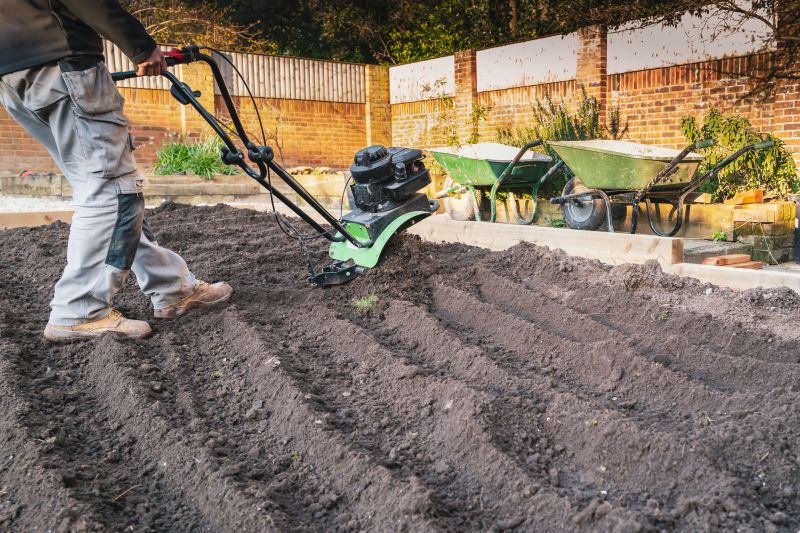
Spring is ideal for rototilling to prepare soil for planting season.
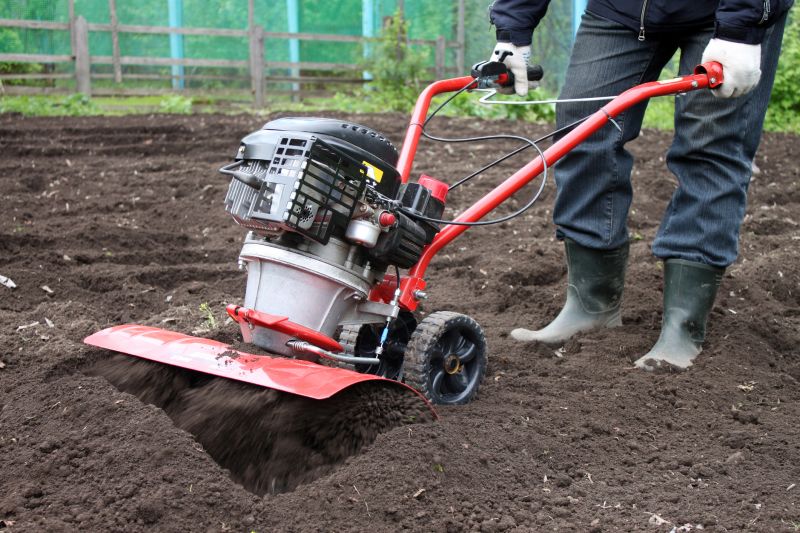
Tilling in late fall helps break down organic matter and improve soil structure.

Early summer allows for soil aeration before planting begins.
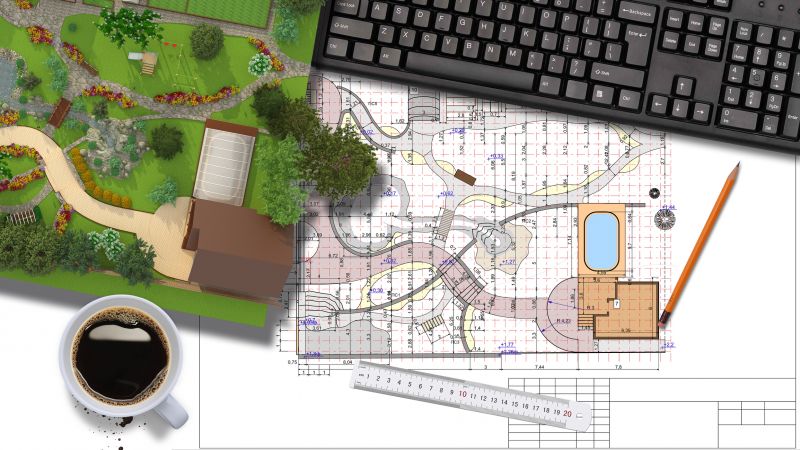
Ways to make Garden Rototilling Service work in tight or awkward layouts.

Popular materials for Garden Rototilling Service and why they hold up over time.

Simple add-ons that improve Garden Rototilling Service without blowing the budget.
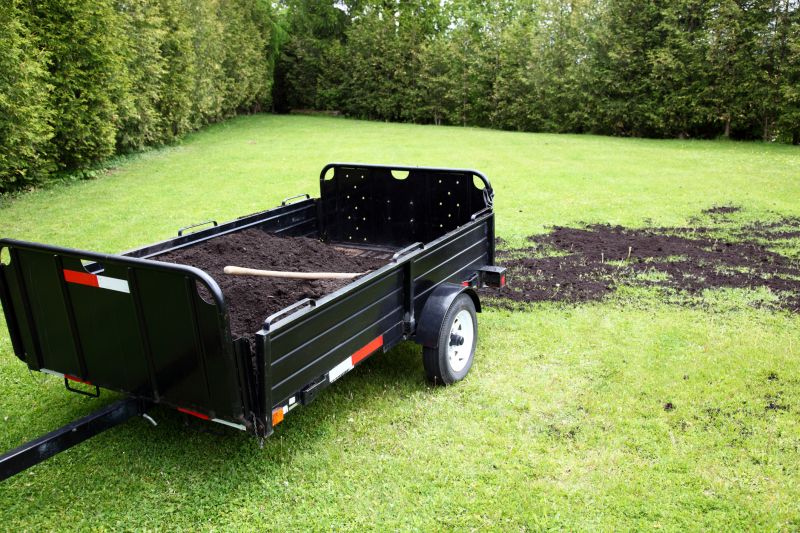
High-end options that actually feel worth it for Garden Rototilling Service.

Finishes and colors that play nicely with Garden Rototilling Service.
Garden rototilling is a process that involves turning over the soil to improve its texture, aeration, and nutrient distribution. It is commonly used to prepare garden beds for planting, control weeds, and incorporate compost or fertilizers. Proper timing of rototilling can enhance plant growth and soil health, making it a vital step in garden management.
Tilling works best when soil is moist but not overly wet, ensuring effective soil mixing.
Ideal soil temperature for rototilling is between 50°F and 70°F for optimal results.
Timing should align with planting schedules to maximize crop yields.
Rototilling helps improve soil aeration, drainage, and nutrient availability.
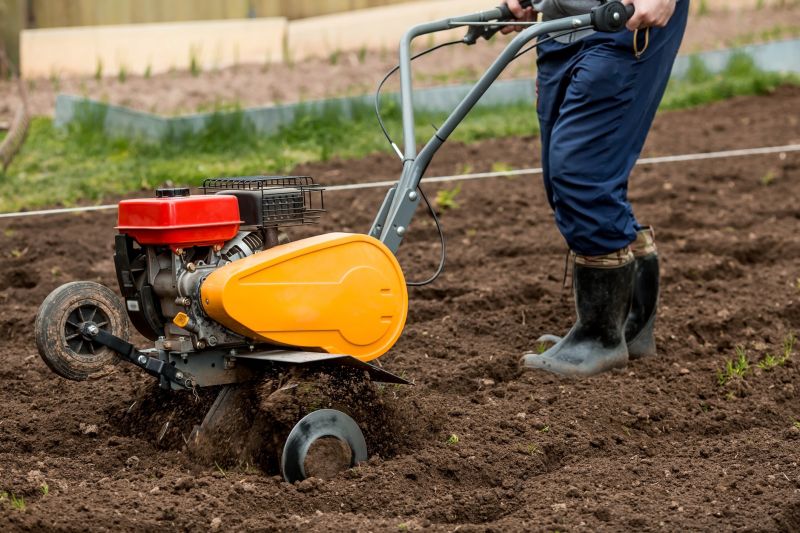
Various machines are used for efficient rototilling, from small tillers to larger power tools.
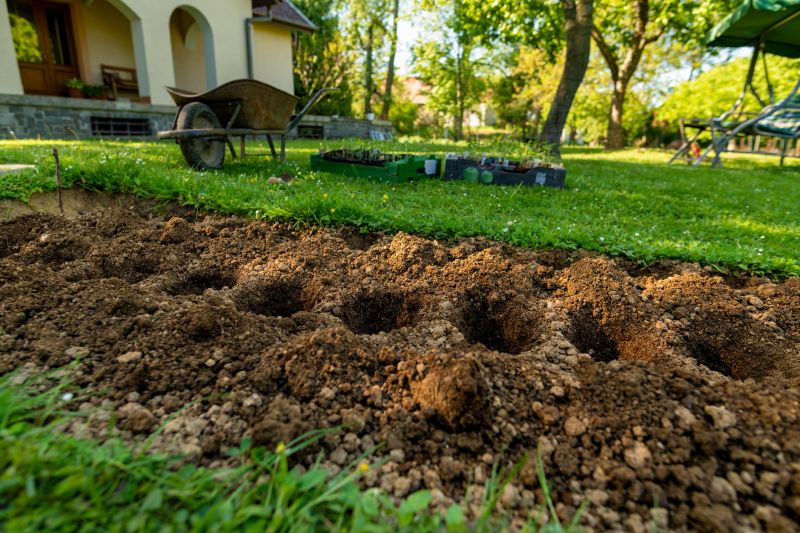
Proper tilling creates a loose, crumbly soil ideal for planting.

Assess soil moisture and remove debris for best results.

Soil is ready for planting or fertilization.
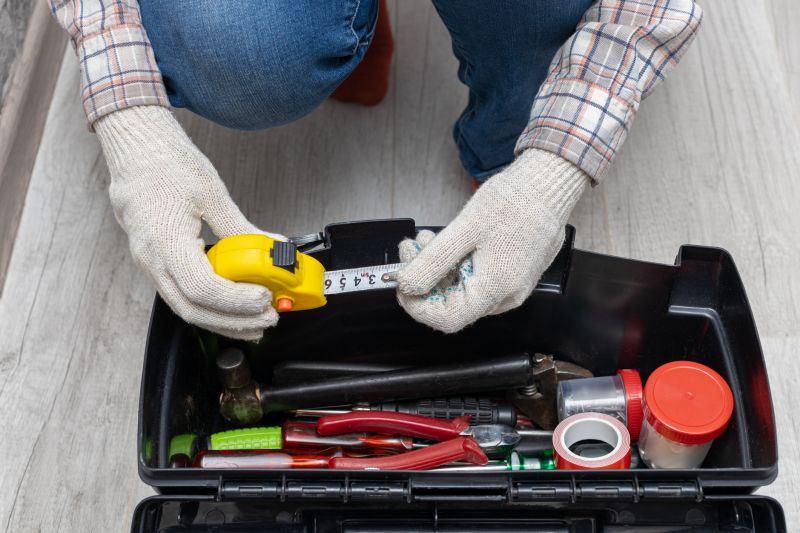
Little measurements that prevent headaches on Garden Rototilling Service day.
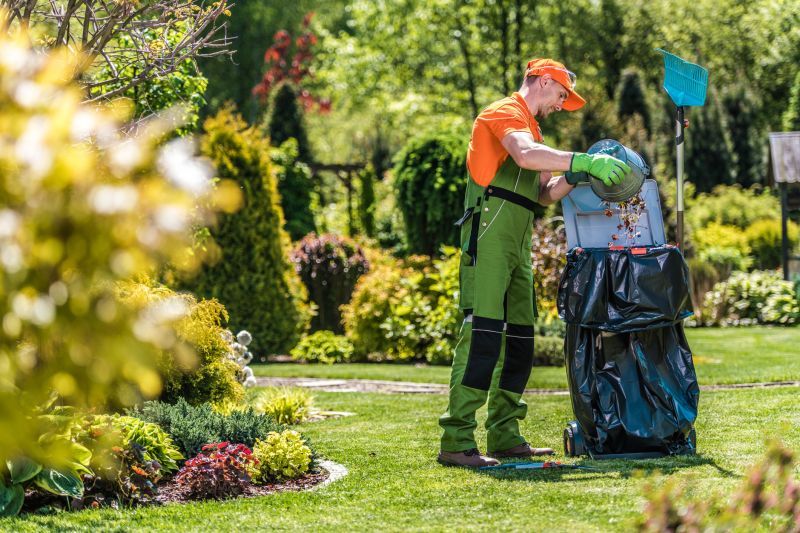
A 60-second routine that keeps Garden Rototilling Service looking new.
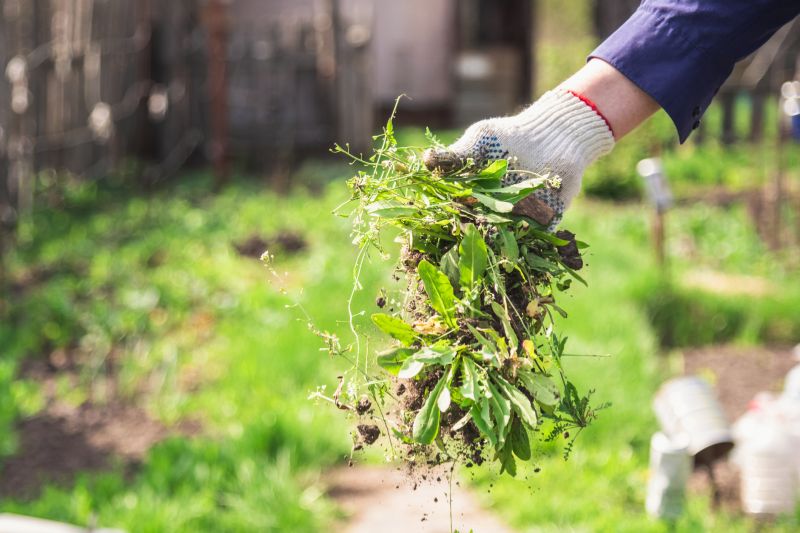
A frequent mistake in Garden Rototilling Service and how to dodge it.
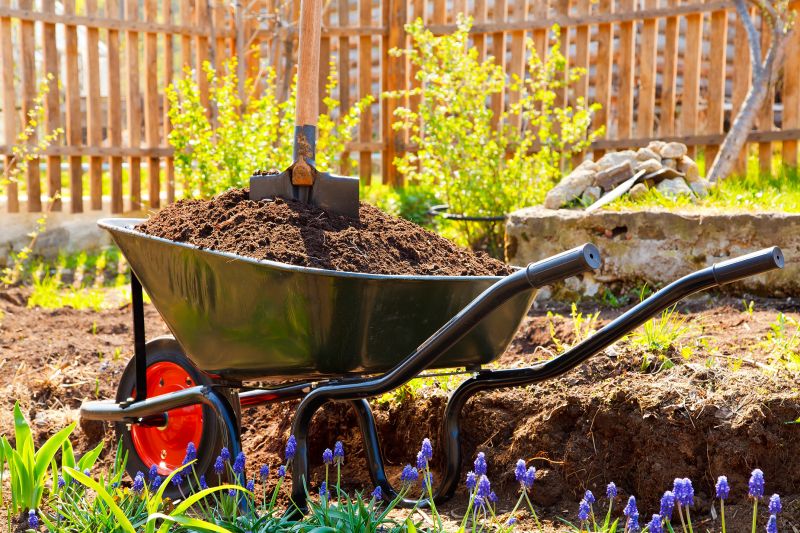
Small tweaks to make Garden Rototilling Service safer and easier to use.
Timing is crucial for effective garden rototilling. Performing tilling too early or too late can impact soil quality and plant health. It is best to schedule tilling when soil conditions are optimal, typically during early spring or late fall, depending on the local climate and specific garden needs.
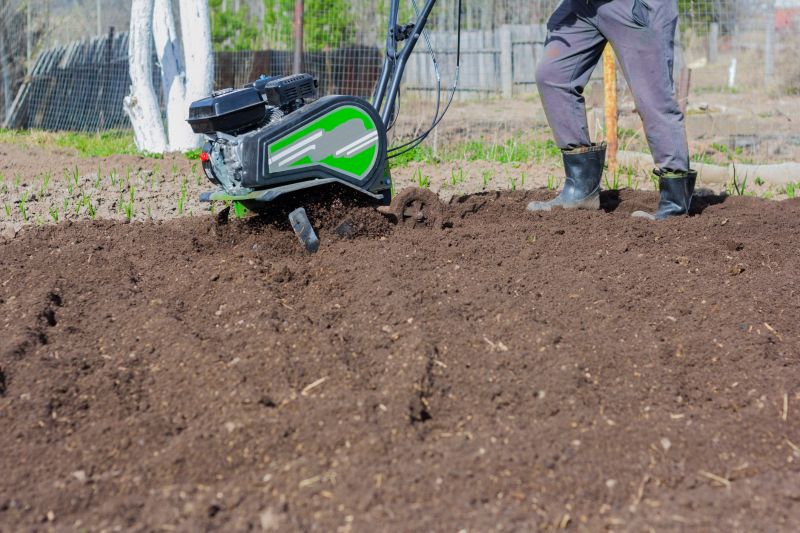
A professional-grade tiller loosens compacted soil for better root growth.
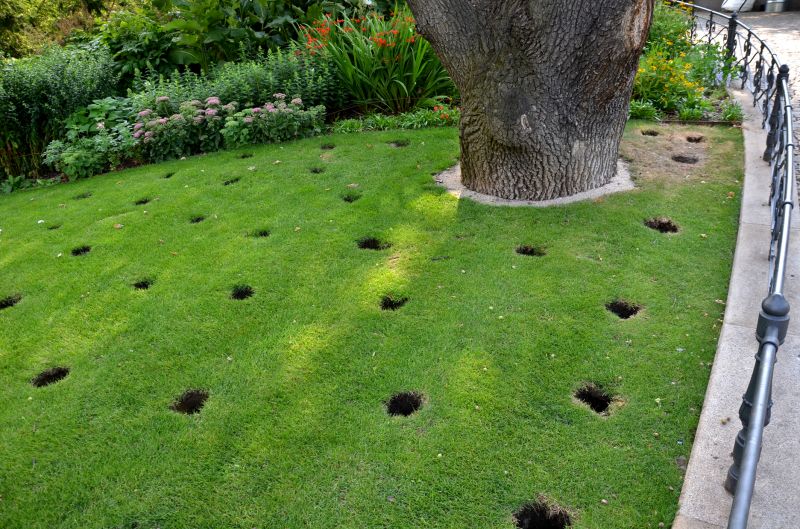
Proper tilling enhances oxygen flow to plant roots.
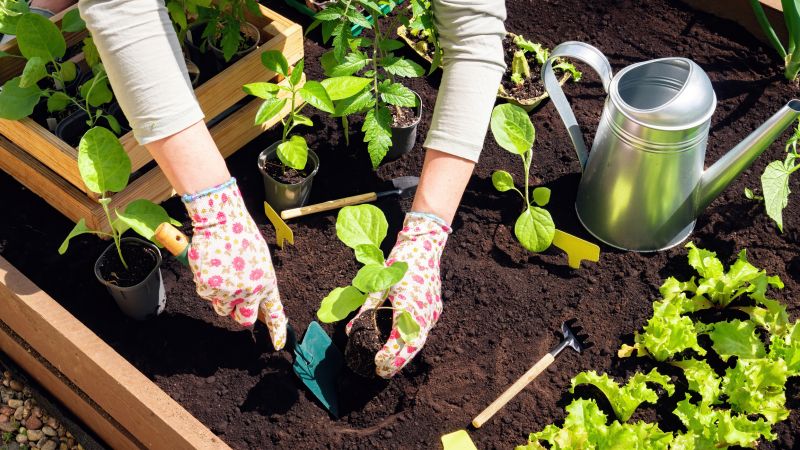
Tilling helps incorporate organic matter into the soil.
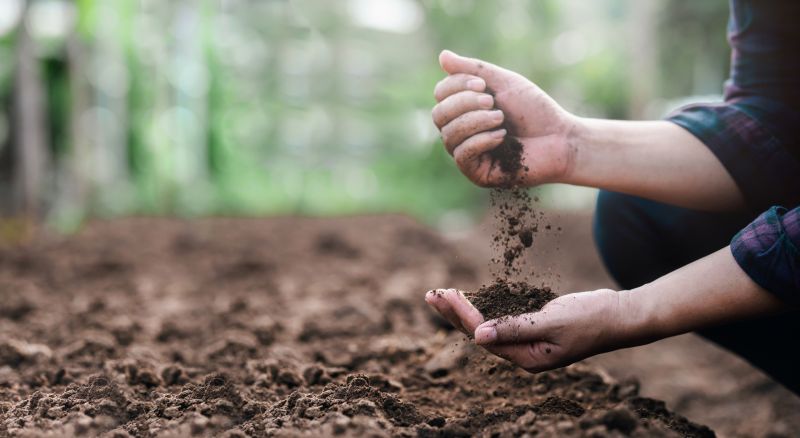
Consistent tilling promotes a fertile environment for diverse plants.
Understanding the optimal timing for garden rototilling can significantly influence garden productivity. Properly timed tilling enhances soil structure, improves water retention, and supports healthy plant development. Consulting local climate patterns and soil conditions can assist in determining the best window for tilling activities.
Interested in scheduling a garden rototilling service? Fill out the contact form to get started.



